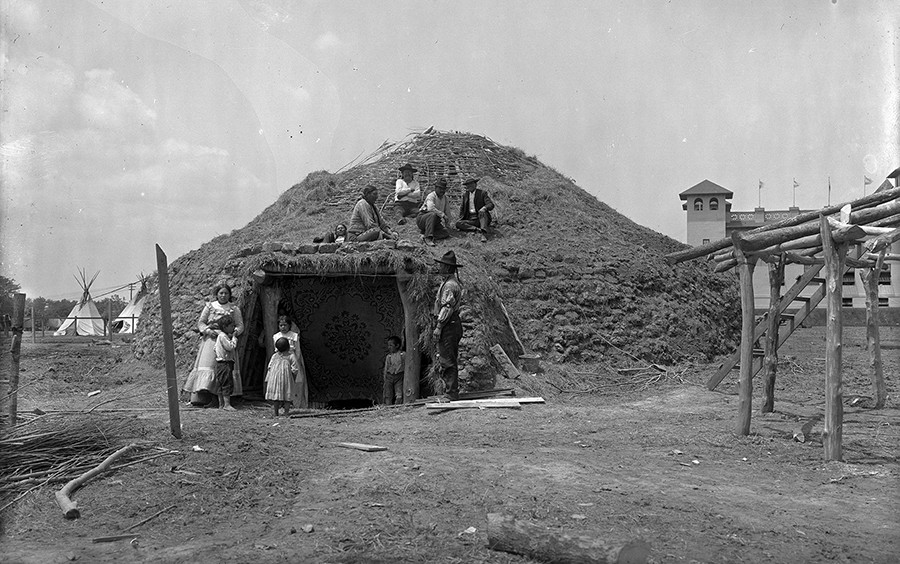Pawnee Nation
By Jericka Handie

Historically noted as one of the largest and most prominent Plains tribes, the Pawnee Nation now consists of about 3,200 enrolled members.
Tribal leaders said the Pawnee date back 700 years and once had a large, prosperous and powerful population of 10,000 or more. But by the 1860s, the foundations of Pawnee life had been undermined by Euro-American settlers and their numbers had dwindled to about 4,000.
The confederated Pawnee bands of Kitkahahki, Chaui, Skidi, and Pitahawirat were forced onto reservations in Nebraska, and the drive for Pawnee removal began shortly after Nebraska territory was opened for settlement. U.S. officials and settlers quickly executed a plan to remove them from the territories they occupied.
Public animosity increased due to speeches made by Nebraska officials who were adamant about removing all Indians from the state.
Facing pressure from the U.S. government, most Pawnee were removed from Nebraska reservations by 1875 and relocated to present-day Pawnee County, Okla.
Herb Adson, the Pawnee Cultural Resource Division director, likened their journey to the forced expulsion of some 17,000 Cherokee Indians that came to be known as the Trail of Tears.
“This was our Trail of Tears that we came from there,” Adson said. “It was very cold and only few had horses or things like that, so most people walked.”
Adson said many perished on the journey due to poor weather conditions and encroaching diseases from settlers. By 1900, the Pawnee population was only a few hundred.
From then on, they continued to face the effects of cultural oppression, disease and starvation. With the land not well-suited for the harvesting they were accustomed to and the buffalo gone, under government pressure the Pawnee gradually assimilated to American culture.
Adson said before conditions improved, things went from bad to worse. It took nearly 20 years to get a little bit of change to occur, he said.
“We had to restructure to get our culture and ceremonies back,” Adson said. With the creation of the Ghost Dance Religion and the Native American Church, members gained back hope that had been lost.
Today the Pawnee are working with Oklahoma State University architecture students to draft plans for a historical museum to be built in Pawnee county.
The museum, which will house collections of Pawnee artifacts, is a project the Pawnee are looking forward to coming to fruition.
“This would be a long dream that our people have had for decades for getting a museum here,” Adson said. “There’s a lot of things out there that probably need to come back to our people.”
Adson said he wants the museum to be a symbol of courage and optimism for the Pawnee.
Jericka Handie is a reporter with Gaylord News, a reporting project at the University of Oklahoma Gaylord College of Journalism and Mass Communication.

